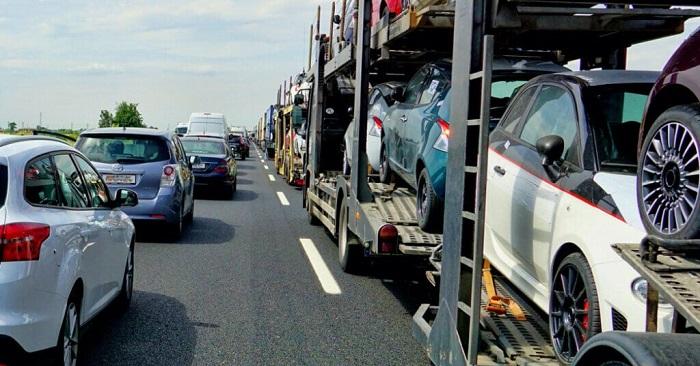Members were briefed on progress of the first stage of pre-Strategic Outline Business Case study and told how close partnership working will be required for the next step - to scope and develop the programme for Stage 2 of the study.
Once the programme has been developed and costed, Combined Authority officers will bring a subsequent update to the Transport and Infrastructure Committee to fill in the Stage 2 detail.
This will include design evolution, model development and refinement of economic appraisal and Value for Money checks. The Strategic Outline Business Case stage will identify the combination of options which will best tackle the problems, meet the scheme objectives, and give most value for money.
Stage 1 of the study was started in October 2019. The Stage 1 work factors in plans for new housing and development opportunities in the wider region and is aligned with the Greater Cambridge Partnership’s programme for the area.
A Preliminary Strategic Outline Business Case (PSOBC) has been prepared, dovetailing with other reports supporting this study. Stage 1 has cost approximately £500,000 which includes the suite of documents generated, plus an update to the traffic model for the study.
Members heard how the Stage 1 work demonstrates the complex nature of travel patterns in the study area and highlights that various measures will be needed to meet objectives. The following interventions are recommended for further analysis and development as part of Stage 2:
Linked improvements for walking and cycling including boosting bike parking; north-south and east-west cycle connectivity linking travel hubs with local employment centres and growth areas; and addressing barriers to active travel.
Behavioural change measures to encourage sustainable travel and walking and cycling.
Public transport improvements including the consequences/outcomes of the re-structure of public and private bus services in the eastern end of the study area as well as bus priority.
Mass Rapid Transit – an extension of the CSETS from the proposed travel hub near the A11 to continue south and parallel to the A11 terminating at a new travel hub close to the Stump Cross Roundabout.
Highway improvements including: local pinch point improvements at junctions with severe congestion; and major highway carriageway and junction improvements where necessary to meet the study objectives.
Safety improvements involving on-carriageway enhancements between Royston and to the east of Flint Cross junction either for motorised vehicles and active mode travellers; and safety improvements at key junction hotspots in Sawston.
The case sets out a clear need for intervention due to forecast increases in delays. It shows lack of opportunities to travel by non-car modes within the study area, which would mean without intervention, there would be limited opportunity to meet the project objectives.
